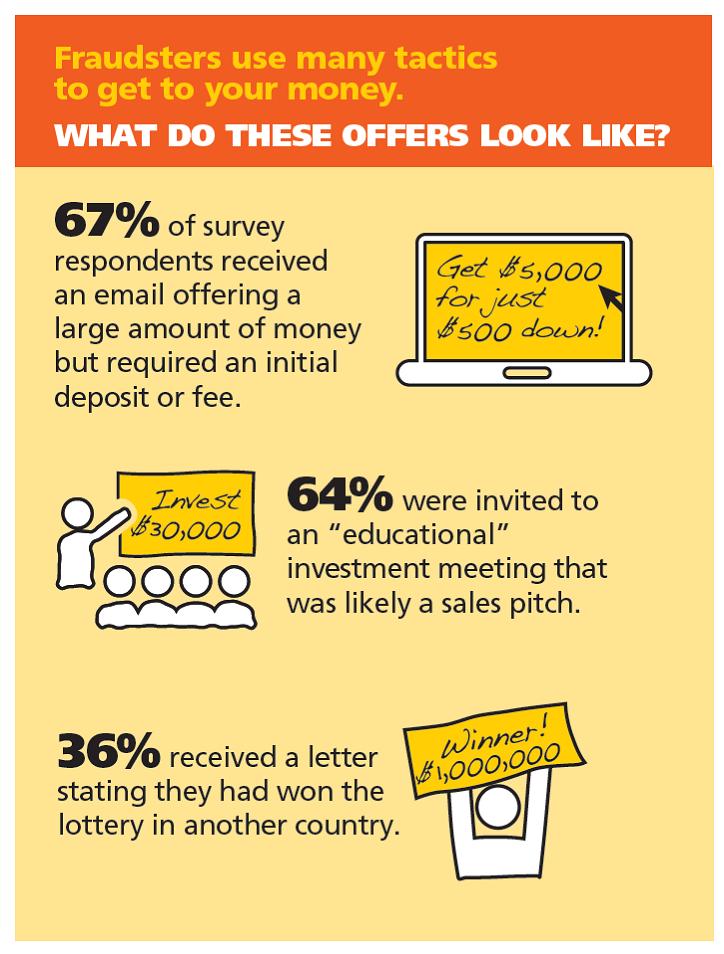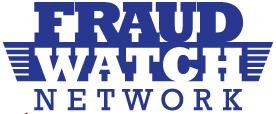In-Person Explanations of New Health Insurance Program Outperform Web, Phone
/In an era increasingly dominated by technology, a new study has underscored the importance of person-to-person assistance in a critical realm: health insurance for chronically underserved populations. Consumers found it easier to get and use information from in-person assistance, and rated information from in-person assistance significantly better compared to information from a telephone helpline or the website of Access Health CT, Connecticut’s health insurance marketplace.
In-person assisters played a crucial role in enrolling hard-to-reach, underserved populations, according to a study conducted by the Community Alliance for Research and Engagement at the Yale School of Public Health for the Universal Health Care Foundation of Connecticut.
The evaluation examined the enrollment experiences of people from underserved urban areas of Connecticut, and sought to evaluate the outreach and enrollment process from the perspective of consumers and the in-person assisters and navigators who worked with them. In-person assistance provided a critical service for consumers who were unable to navigate the helpline and website, the study found.
As trusted resources in the communities where they worked, assisters were clearly valued by their customers. The study shows high rates of satisfaction overall with the enrollment process and emphasizes that in-person assistance was preferred by customers when they were asked to compare it to their interactions with the website or helpline.
Consumers mostly heard about AHCT through ‘word of mouth’ and ‘family and friends’. Other sources of initial awareness, cited less frequently, were news programs, tv commercials, newspaper ads, library, internet and radio commercials. 
Satisfaction with the application and enrollment processes was high among survey participants. Ninety-five percent of respondents reported that the application and enrollment process was "definitely" or "somewhat" easy. Twenty-nine percent reported some dissatisfaction with the amount of time required to enroll in a health plan.
The study found thta 90 percent would "definitely" recommend Access Health CT (AHCT), and an additional 9 percent would "probably" recommend AHCT.
During the open enrollment period of Octo ber 1, 2013, to March 31, 2014, the federal government was the major funder of in-person assistance, providing over $2.5 million in funding to the program. The reported noted that “This level of funding is no longer available, yet, the need for assistance, both for the upcoming open enrollment period (November 15, 2014, to February 15, 2015) and beyond, is great.” Plans for continuing in-person assistance, offered at store-front facilities, are under consideration according to published reports, with specifics uncertain.
ber 1, 2013, to March 31, 2014, the federal government was the major funder of in-person assistance, providing over $2.5 million in funding to the program. The reported noted that “This level of funding is no longer available, yet, the need for assistance, both for the upcoming open enrollment period (November 15, 2014, to February 15, 2015) and beyond, is great.” Plans for continuing in-person assistance, offered at store-front facilities, are under consideration according to published reports, with specifics uncertain.
Consumers most often wanted to learn about the cost of plans and the availability of financial assistance for insurance premiums. Of consumers who did not enroll, the most common reason was the need for more information, according to the study.
The report also noted that "because Connecticut is a national leader in the implementation of the US health insurance marketplace, the Connecticut experience may inform policy in other states and at the federal level."


 The breakdown showed Patriots dominance throughout New England and most of Connecticut – with the exception of Fairfield and New Haven counties, which remain Giants country.
The breakdown showed Patriots dominance throughout New England and most of Connecticut – with the exception of Fairfield and New Haven counties, which remain Giants country.
 That’s just not reflected in the NFL map. The Cowboys come closest, but they’re not “
That’s just not reflected in the NFL map. The Cowboys come closest, but they’re not “

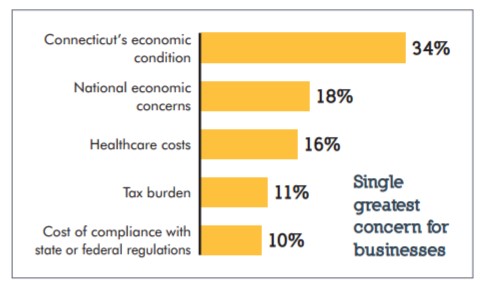 When asked how Connecticut should address the shortage of skilled workers, 32% of businesses surveyed say the state should reduce the cost of living, 28% say the state should support trade schools, 20% say the state should support education overall, and 20% say there should be incentive for training programs.
When asked how Connecticut should address the shortage of skilled workers, 32% of businesses surveyed say the state should reduce the cost of living, 28% say the state should support trade schools, 20% say the state should support education overall, and 20% say there should be incentive for training programs.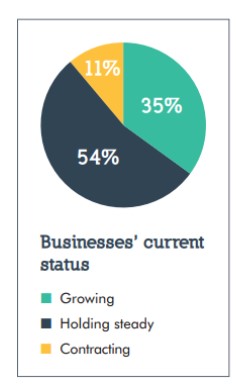








 ervices firm, develops the annual ranking of millionaires per capita by state. The results care culled from their Global Wealth Monitor, a service that tracks affluent and high net worth households.
ervices firm, develops the annual ranking of millionaires per capita by state. The results care culled from their Global Wealth Monitor, a service that tracks affluent and high net worth households. ew York. At the other end of the list, in reverse order from the bottom, were Mississippi, Arkansas, Idaho, West Virginia, Kentucky, and Tennessee – the states with the fewest millionaires per capita.
ew York. At the other end of the list, in reverse order from the bottom, were Mississippi, Arkansas, Idaho, West Virginia, Kentucky, and Tennessee – the states with the fewest millionaires per capita.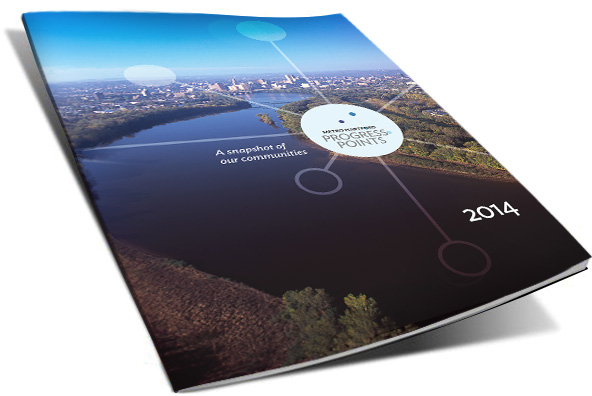 The “number of students with non-English home language” according to data on the website of the
The “number of students with non-English home language” according to data on the website of the 
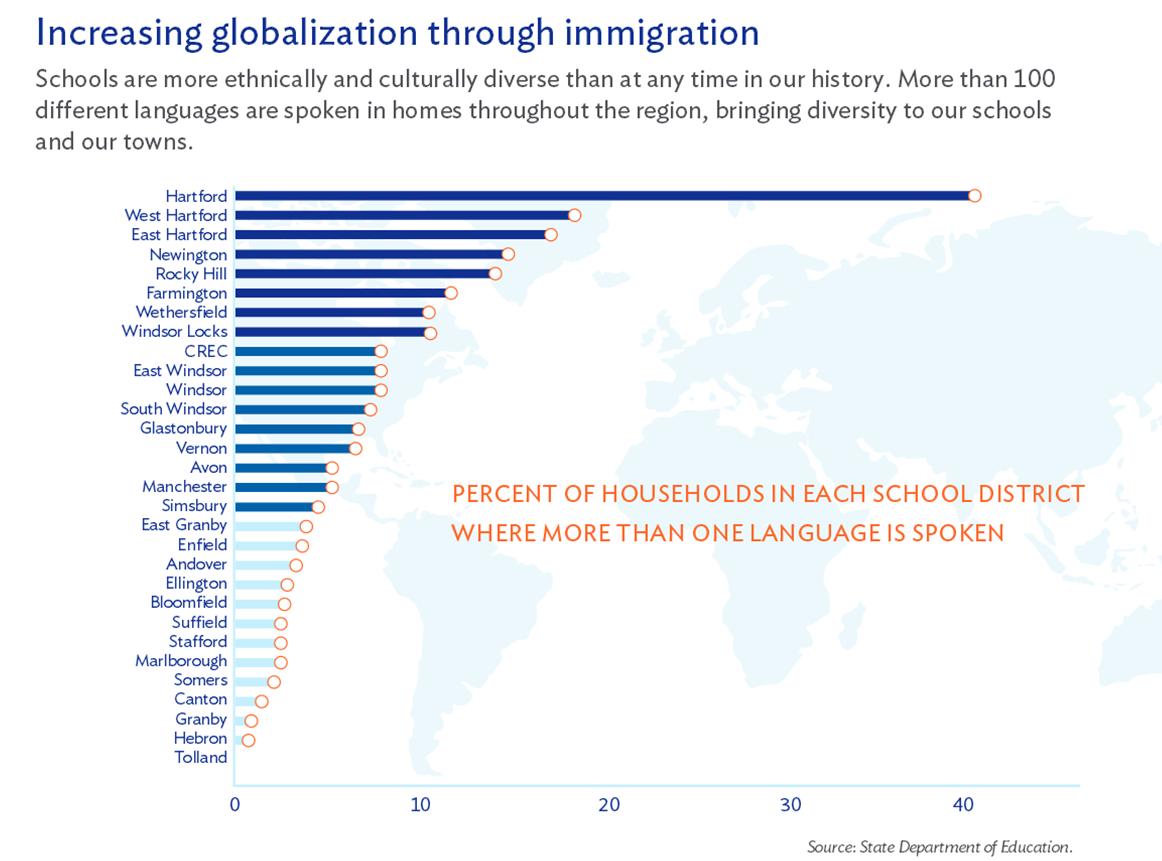 tudents.
tudents. dy make important contributions to Connecticut’s economy. For example, Connecticut’s labor force is 16.7% foreign-born.
dy make important contributions to Connecticut’s economy. For example, Connecticut’s labor force is 16.7% foreign-born.